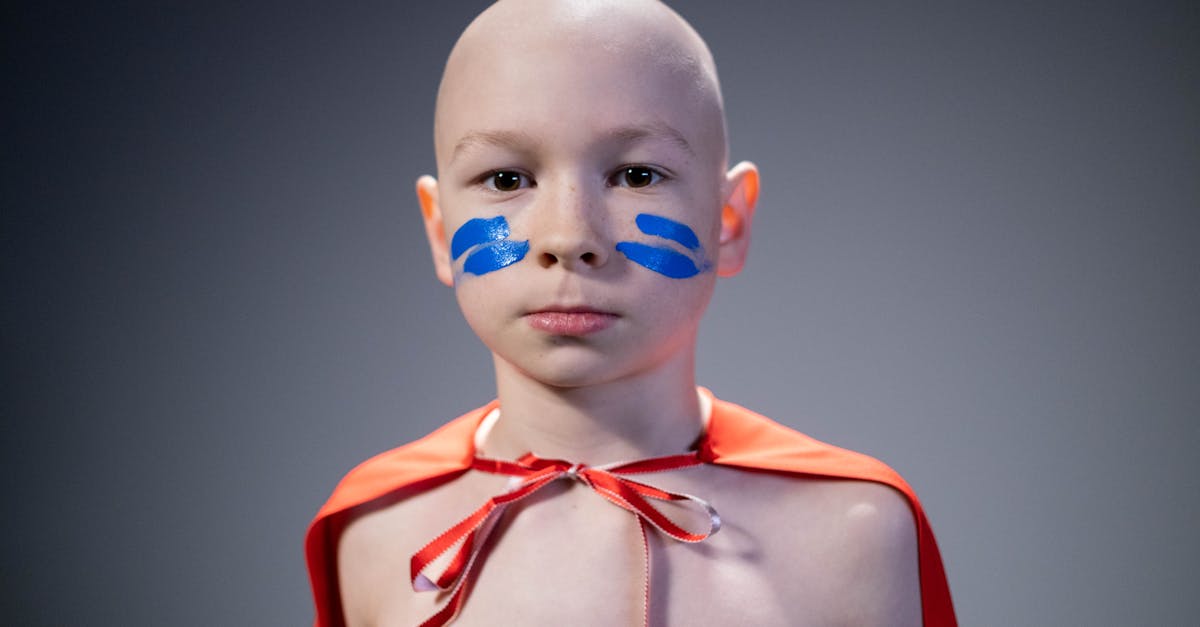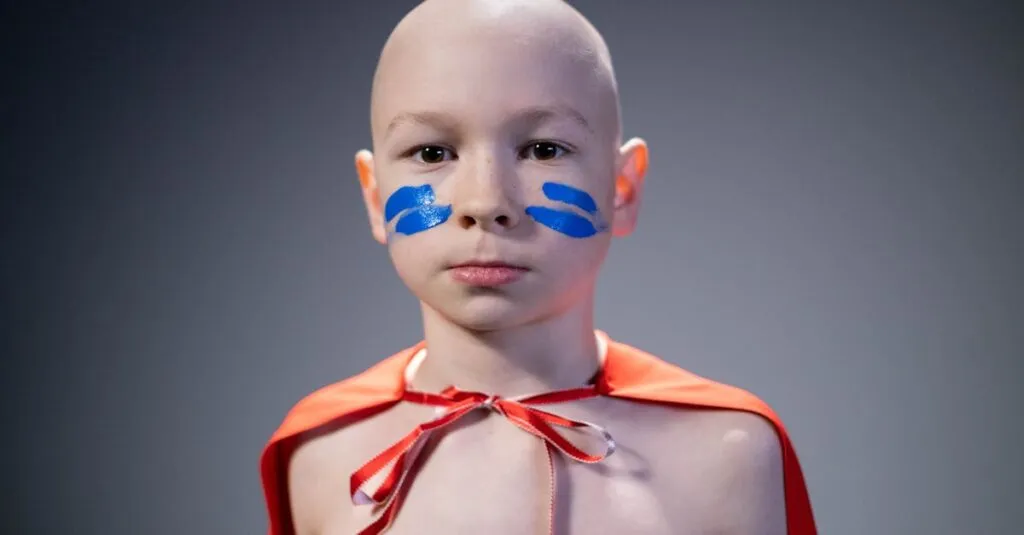The Tantrum Tornado: Understanding Your Child’s Emotional Outbursts
Ever felt like you’re caught in a whirlwind of noise and toys? That’s the Tantrum Tornado, an inevitable part of raising kids! Understanding why tantrums happen can be as baffling as finding the missing sock from the laundry. But it’s essential.
Tantrums usually stem from:
- Frustration
- Tiredness
- Hunger
A toddler might lose it over the wrong-colored cup, but hey, even adults get moody over less! Recognizing these triggers can help you steer clear of the storm.
Stay calm, and guide your child through those emotional gusts. Knowing the ‘why’ is halfway to handling the ‘how’!

Why Saying Sorry is a Superpower for Kids
Ever seen a superhero cape transform a kid into a fearless warrior? Apologizing can have a similar effect, except it’s an emotional superpower. Teaching your child to say “sorry” after a tantrum equips them with empathy and responsibility.
It’s more than magic; it’s psychology! When a child understands the impact of their actions, they’re a step closer to emotional maturity.
Saying sorry isn’t weakness; it’s a strength that builds friendships and trust. Think of it as the ultimate power play in the game of life, something that even adults can benefit from relearning.

Turning Sorrys into Giggles: The Role of Humor in Apologizing
Ever tried apologizing with a straight face? It’s tough, right? That’s because humor can ease the tension in any apology. Injecting a bit of silliness when teaching kids to apologize can make the process fun rather than a chore.
Picture this: Your little one uses a sock puppet to say sorry—both hilarious and heartwarming. This approach doesn’t downplay the apology but instead helps the lesson stick.
Humor engages children, making them more willing to participate in the learning process. Plus, it can be a delightful moment you both share, turning a not-so-great situation into a bonding experience.

Incorporating humor into apologies can also lead to:
- Enhanced understanding: Kids grasp the concept of apologies more effectively.
- Improved emotional connections: It creates moments of joy amid lessons on accountability.
- Lasting memories: These light-hearted moments are often remembered fondly.
Next time you need to address a mishap, remember to add a sprinkle of humor! It may just turn a sorry into a giggle!
Fun Games to Teach the Art of Forgiveness
Are you ready to turn apologies into a playful adventure? Introducing fun games like the Apology Relay Race or the Forgiveness Freeze Tag can engage children in learning. Games offer a safe space to practice saying sorry and seeking forgiveness. They teach that making amends can be fun, not fearsome.
You can create an ‘Apology Treasure Hunt’ where the treasures are heartfelt notes. Such activities help reinforce the idea that apologizing is a normal and worthwhile practice. These experiences create lasting memories that echo the importance of forgiveness and understanding throughout their lives.

- Apology Relay Race: A fun race where participants must apologize to each other on their way to the finish line.
- Forgiveness Freeze Tag: A twist on the classic game where players must apologize to be unfrozen.
- Apology Treasure Hunt: A scavenger hunt where each clue leads to a note expressing a heartfelt apology.
Engaging children in these activities not only teaches them the art of forgiveness but also instills valuable life lessons that they can carry with them as they grow.
Story Time: Tales of Triumph Over Tantrums
Once upon a time in the land of Tantrumville, little kids learned to say sorry and live happily. Storytime can be a magical window to teach children about the power of apologizing.
Choose stories that feature characters who make mistakes and learn from them. Discussing these tales encourages kids to reflect on their actions and relate them to real-life situations.
Benefits of Storytime
- Encourages reflection on actions
- Helps relate stories to real-life situations
- Boosts confidence in children
- Anchors valuable lessons in their minds
Creating Your Own Stories
Consider writing your short stories with your child as the hero, highlighting their journey to making amends. This not only boosts their confidence but also anchors the value lesson deep within their curious minds.

The Apology Art Project: Creative Ways to Say Sorry
Why give an ordinary apology when you can provide an artistic one? Encourage kids to create ‘Sorry Art’ as a creative way to show remorse. Crafting a heartfelt card or drawing a picture can help kids express apologies when words fall short. This approach not only promotes creativity but also strengthens emotional expression.
Imagine a colorful masterpiece with a ‘Sorry for Screaming Over Dinner’ message. Transforming apologies into art can be a rewarding activity that kids look forward to. It’s an unforgettable method to teach them that making amends can also be an enjoyable and expressive process.
Benefits of the Apology Art Project:
- Promotes Creativity: Allows children to think outside the box.
- Enhances Emotional Expression: Helps kids articulate feelings.
- Encourages Mindful Reflection: Creates space for understanding one’s actions.
- Fun Activity: Makes the process enjoyable for kids.

Invite Your Kids: Share Your Stories and Advice
Remember when you could relate to a story or advice just because someone shared theirs? Let’s replicate that! Encourage your readers to involve their kids in the conversation.
Ask them to share their unique ways to say sorry or a funny story of a tantrum turned into laughter. This interaction cultivates a community and offers diverse perspectives. Kids get to learn that everyone makes mistakes and seeking forgiveness is universal. Sharing builds empathy and drives home the lesson of accountability in a fun, relatable way.
What’s Your Favorite Sorry Tale?
So, what’s your favorite sorry tale?

